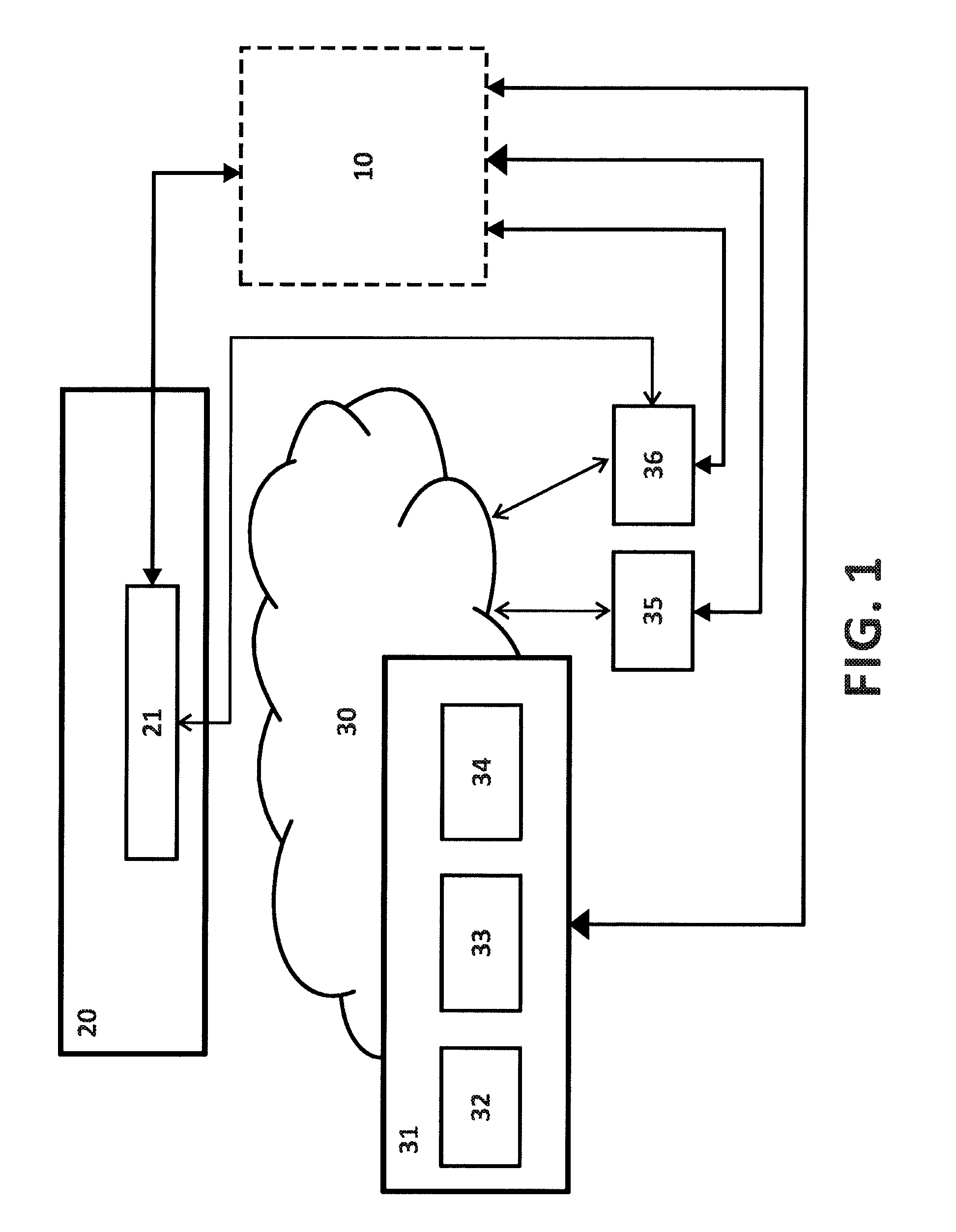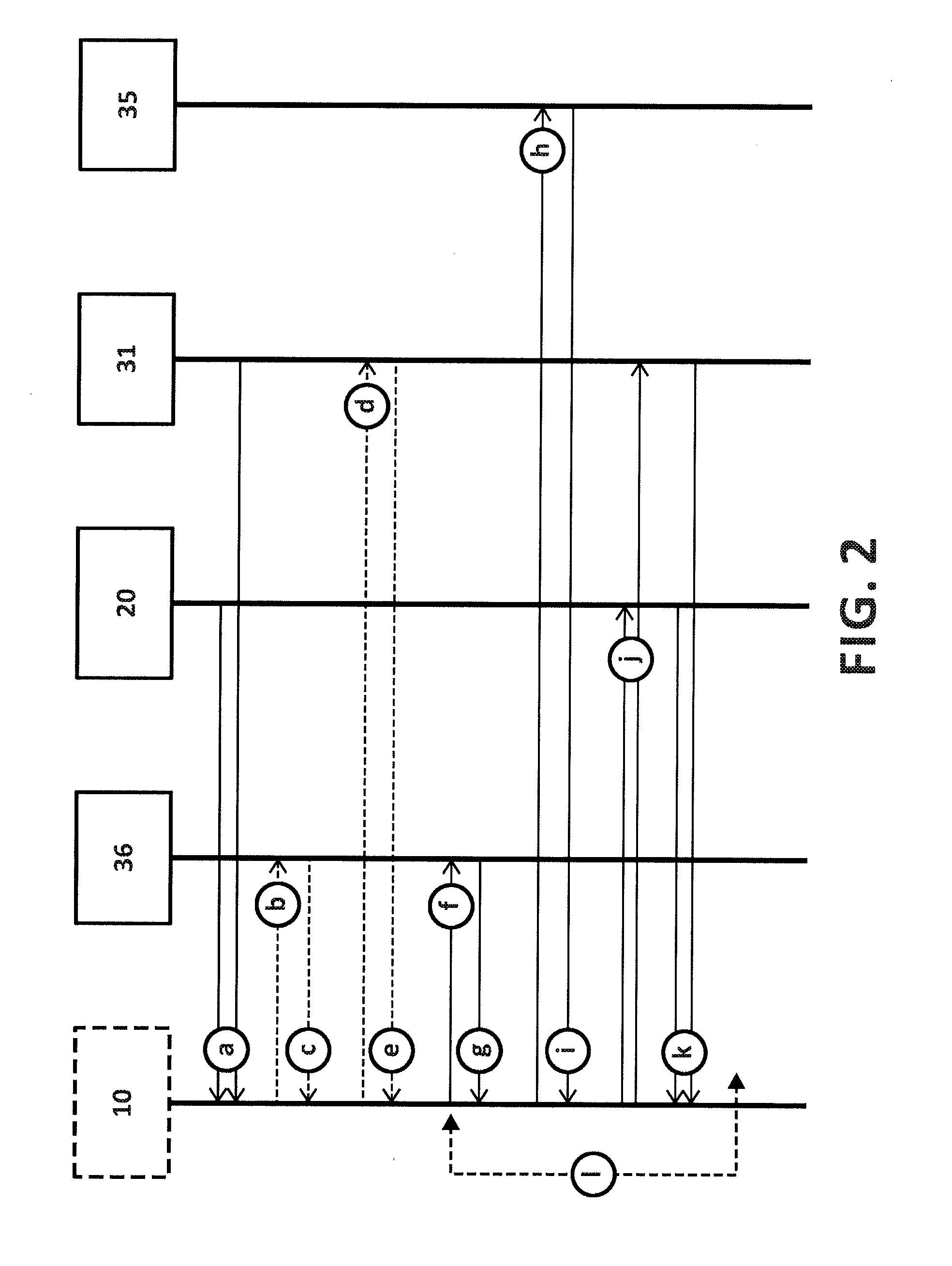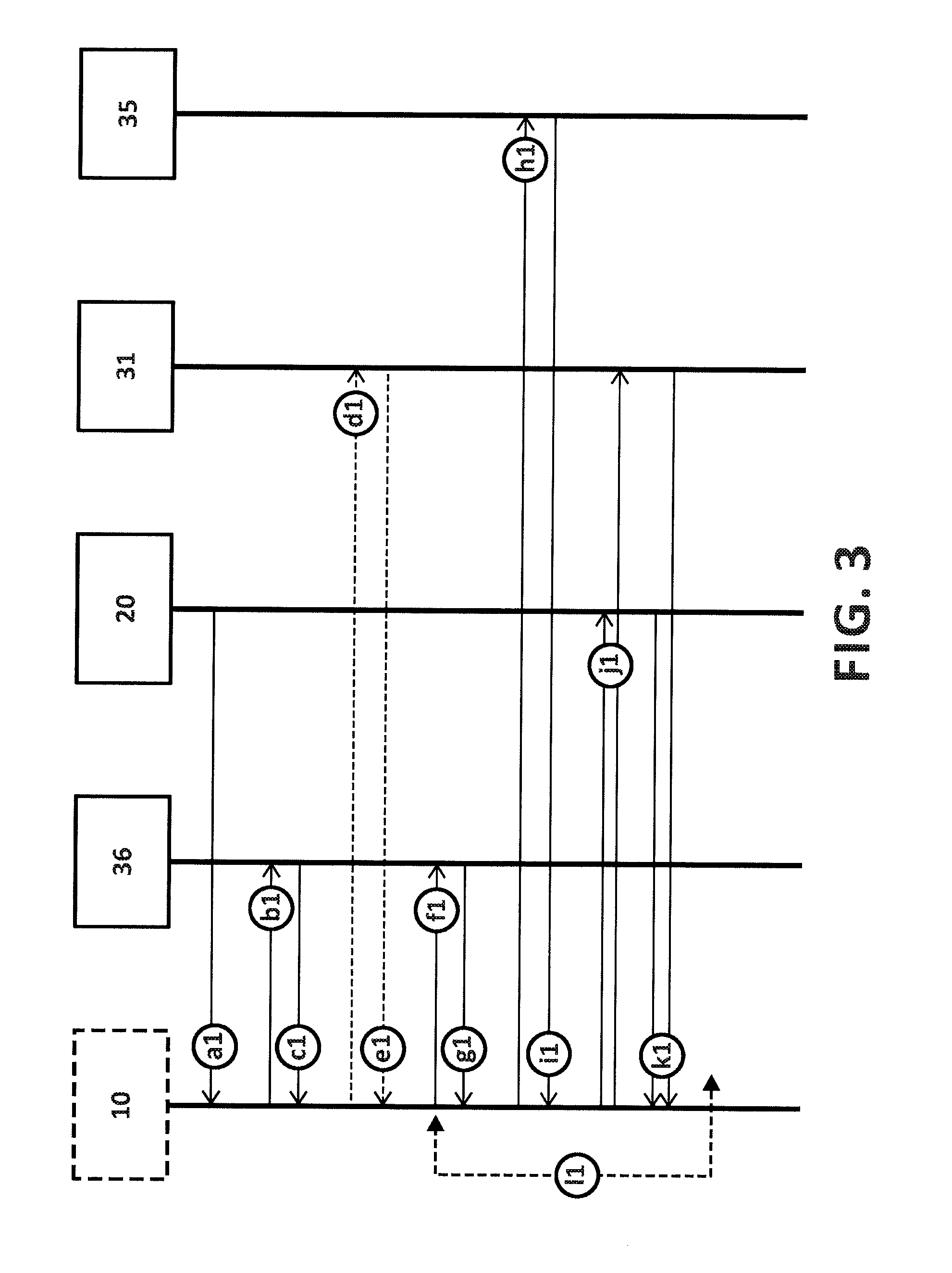However, these MPLS domains have normally been kept separated, at least in large operators, mainly due to
scalability causes.
However, one of the most important issues that E2E MPLS networks present is precisely related with
fault management.
MPLS enables several automated restoration mechanisms, although it is worth mentioning that they are not fast on all occasions.
Besides, these are not the only challenges: current
fault management processes (and restoration mechanisms) deal mainly with Loss of
Connectivity (LoC) failures, but there exist other impairments which also affect QoS, like
network congestion for example.
Moreover, the method described in EP1176759 does not include prevention features for QoS degradation.
Nevertheless, working as isolated features they are neither adapted nor solve all the presented problems, especially in terms of bandwidth consumption and automated operation in E2E MPLS networks.
Some deficiencies of existing solutions are described below:Limitations of Current OAM MonitoringSince OAM detection mechanisms are based on monitoring packets injected in-band between nodes pairs in the network, the speed at which faults are detected (and thus, the amount of
client traffic that is lost before the failure is restored) depends on the time interval between monitoring messages: if this interval is short, failures are detected very quickly, and few
client packets are lost, However, the consumed bandwidth by these messages is higher, preventing operators from using this bandwidth for
client traffic.
Thus, the bandwidth consumption by monitoring packets is limited, and detection speed can be fast.
However, in the evolution towards E2E MPLS, with potentially hundreds of thousands (or even millions) of LSPs traversing all network domains up to the access, this consumption is very much increased, presenting
scalability problems if fast detection is desired.
Together with the bandwidth consumption problem implicit to fast failure detection, E2E MPLS networks monitoring currently requires of manual interventions, as location procedures can be very complex.
Currently, this process is executed by an operator who triggers the injection of monitoring packets by distributed active probes (or OAM-supporting nodes) at the different MPLS levels, until the failure is found, process which is very time-consuming.
Finally, detecting
network congestion situations using
performance monitoring OAM tools would not be very effective in terms of network load, as such tools inject large amounts of packets in the network.Limitations of
Passive Monitoring ProtocolsPassive probes are not normally used for
network monitoring, due to the high number of existing critical points, which would demand a high number of external devices deployed over the network.
Thus, situations may appear in which the QoS
estimation could be distorted due to an impaired sample whose origin does not reside in the
queue occupation but on those policies, which the
monitoring tool is not aware of.
If monitoring is made at the MPLS layer, and failures occur at intermediate nodes, passive tools cannot locate such failures on their own, needing support from any of the active tools which have been described.
Otherwise, the measurement would not be reliable.
The real patterns are very complex and very variable nowadays, so it is very difficult to derive realistic models.
This reactive behavior may not match the monitoring expectatives, as it is not possible to locate the network fault with measurements at the
application layer, which derives in a very slow
service restoration.
Thus, the same limitations as for OAM monitoring apply: the bandwidth consumption problem and the lack of automated solutions for fault detection.
Presenting also the same limitations as OAM, and normally requiring of external probes being deployed over the network,
active monitoring tools will not be considered in this invention, except for those at the application layer.Limitations of
Physical Layer MonitoringOne is the most important limitation for
physical layer monitoring tools: they are not able to detect impairments other than those at layer 1.
However, there is no process to be able to detect
network congestion with layer 1 tools, for example.Limitations of Restoration MechanismsFinally, it is worth mentioning a limitation for MPLS restoration mechanisms, related to faults at intermediate nodes.
There is no way, to the best of our knowledge, to let the service end-points know about such failure apart from external management, for the simple reason that transport nodes are not aware of service LSPs.
Thus, it is not possible to implement fast particularized end-to-end restoration at the
service layer.
Summarizing, there is no single tool that permits scalable fast restoration (and thus low traffic losses, and thus high service availability) for every type of
Quality of Service (QoS) degradation that may happen in large
Multiprotocol Label Switching (MPLS) networks.
In addition,
automation does not exist for monitoring systems to date, needing of human intervention to detect, correlate and locate QoS degradations, which again increases the total required time for restoration.
Existing automated solutions present either high failure location times or a high monitoring load, meaning that the associated consumed bandwidth is very high, preventing operators from using this bandwidth to offer additional
connectivity services.
 Login to View More
Login to View More  Login to View More
Login to View More 


